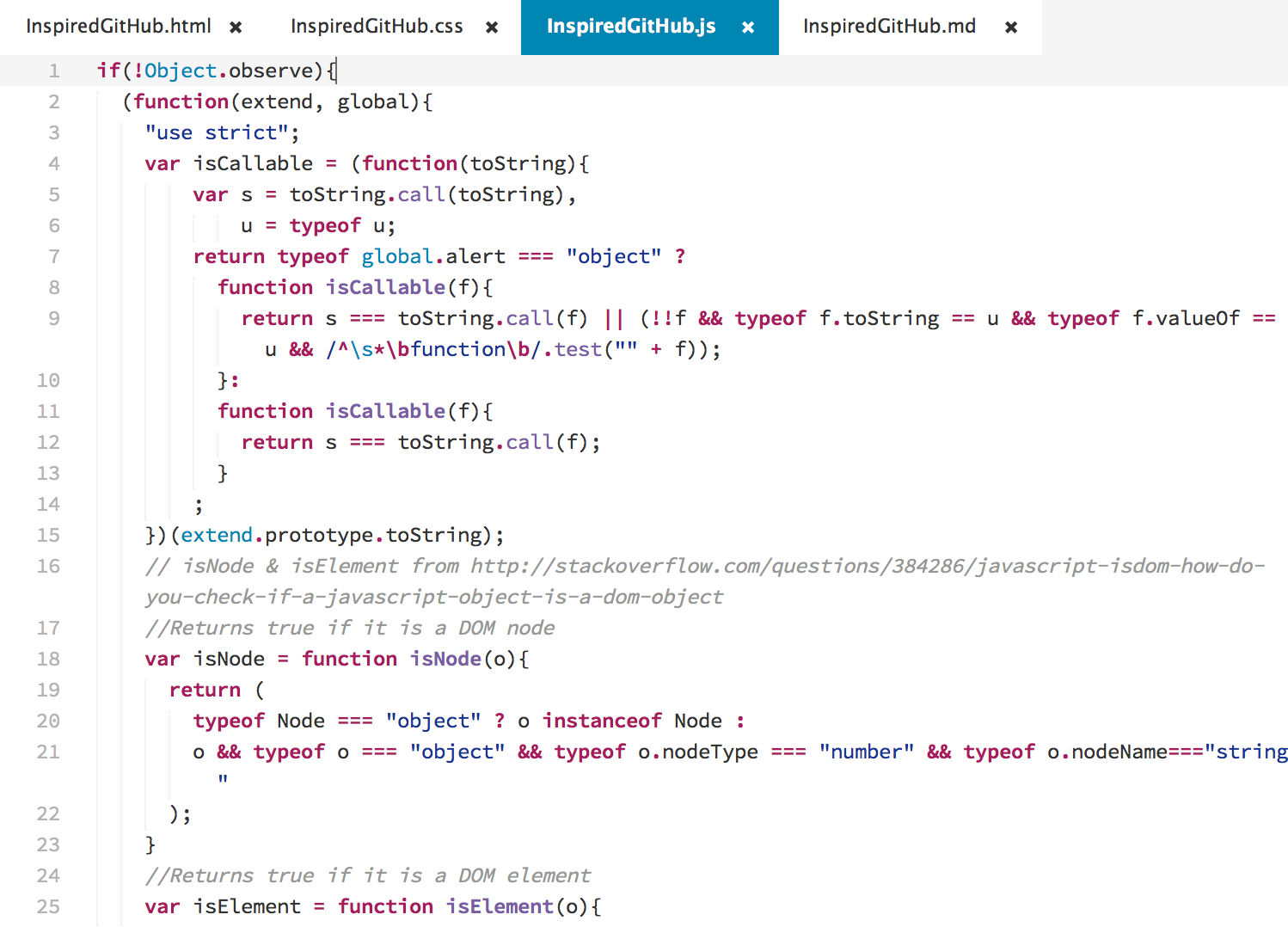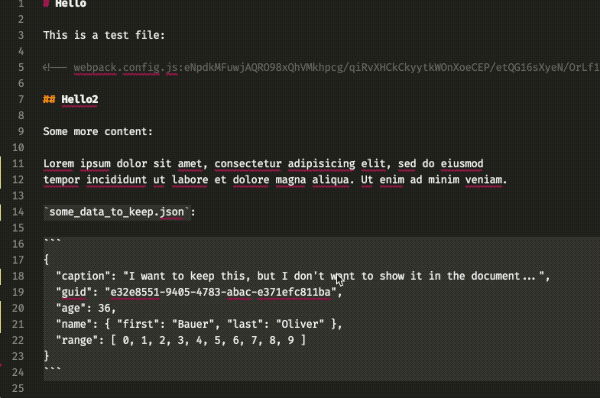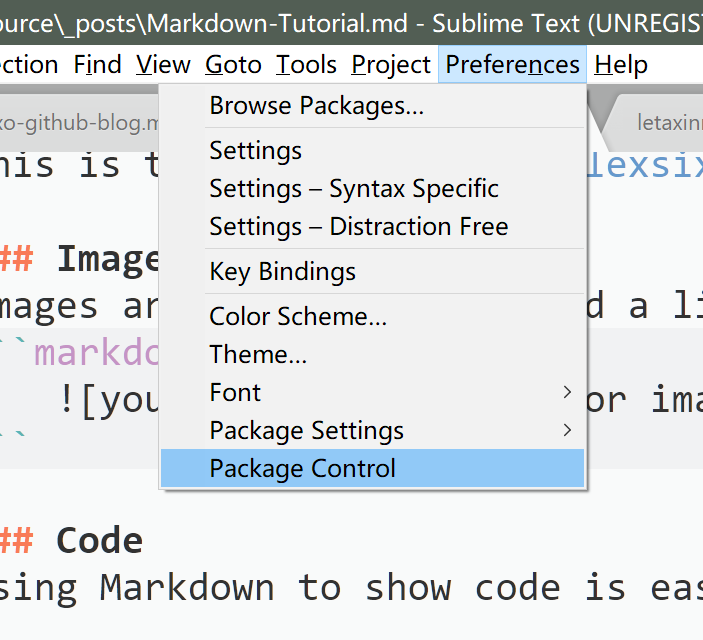

- #Installation package control install#
- #Installation package control code#
- #Installation package control download#
Here, x refers to the version of the Oracle Linux release. For example, Oracle Linux 7.2, where 7 is the release number and 2 is the version number. Table 2-1 Package Requirements for Oracle Management Service Platform
#Installation package control install#
Therefore, as a prerequisite, make sure you install all the required packages listed in this chapter for your respective platform. This is because, in this case, libstdc++43-6.7 is a higher version of libstdc++43-4.3, which is required at a minimum (the former is 43 and so is the latter). For example, if libstdc++43-4.3 is required for SUSE Linux Enterprise 11, and if libstdc++43-6.7 is found instead, then the wizard will not report this as an issue, and will pass the prerequisite check. You can have a package of a higher version than what is required, but not a different package and not a package of a lower version. This is because libstdc++46-4.6.1 is not a higher version of libstdc++43-4.3 libstdc++46 and libstdc++43 are two different packages (the former is 46 and the latter is 43). For example, if libstdc++43-4.3 is required for SUSE Linux Enterprise 11, and if libstdc++46-4.6.1 is found instead, then the wizard will report this as a missing package and prompt you to install libstdc++43-4.3. The Enterprise Manager Cloud Control Installation Wizard verifies the package name as well as the version required for a particular platform. For example, for libstdc++43-4.3 package, libstdc++43 is the name and 4.3 is the version of the package. The package name contains two parts, mainly the name and the version separated by a hyphen.

If the packages are not found or if the packages are found to be of a lower version than what is required at a minimum, then the wizard prompts you to install the required packages of the required version before proceeding with the installation or upgrade.

All Package Control commands begin with Package Control:, so start by typing Package.The Enterprise Manager Cloud Control Installation Wizard runs prerequisite checks to verify these packages. To open the pallete, press Ctrl+ Shift+ p (Win, Linux) or CMD+ Shift+ p (OSX). Package Control is driven by the Command Pallete.
#Installation package control download#
Download Package Control.sublime-package and copy it into the.Browse up a folder and then into the Installed Packages/ folder.Click the Preferences > Browse Packages… menu.If for some reason the console installation instructions do not work for you (such as having a proxy on your network), perform the following steps to manually install Package Control:
#Installation package control code#
Once open, paste the appropriate Python code for your version of Sublime Text into the console.Ĭode for Sublime Text 3 import urllib.request,os pf = 'Package Control.sublime-package' ipp = sublime.installed_packages_path() _opener( _opener( ()) ) open(os.path.join(ipp, pf), 'wb').write(( '' + pf.replace(' ','%20')).read())Ĭode for Sublime Text 2 import urllib2,os pf='Package Control.sublime-package' ipp = sublime.installed_packages_path() os.makedirs( ipp ) if not os.path.exists(ipp) else None urllib2.install_opener( urllib2.build_opener( urllib2.ProxyHandler( ))) open( os.path.join( ipp, pf), 'wb' ).write( urllib2.urlopen( '' +pf.replace( ' ','%20' )).read()) print( 'Please restart Sublime Text to finish installation')įor the up-to-date installation code, please check Package Control Installation Guide. The console is accessed via the Ctrl+ ` shortcut or the View > Show Console menu. The simplest method of installation is through the Sublime Text console.


 0 kommentar(er)
0 kommentar(er)
